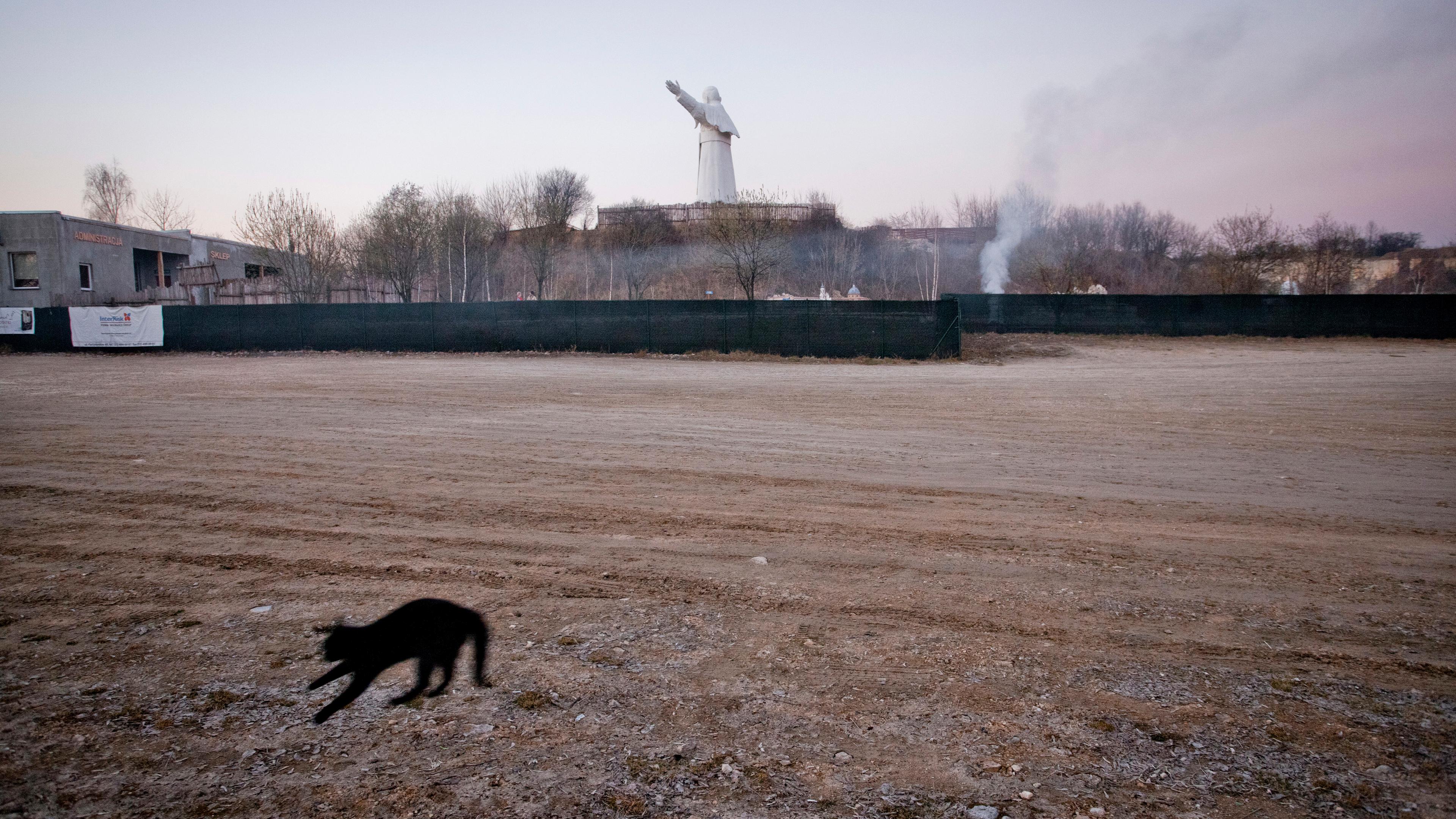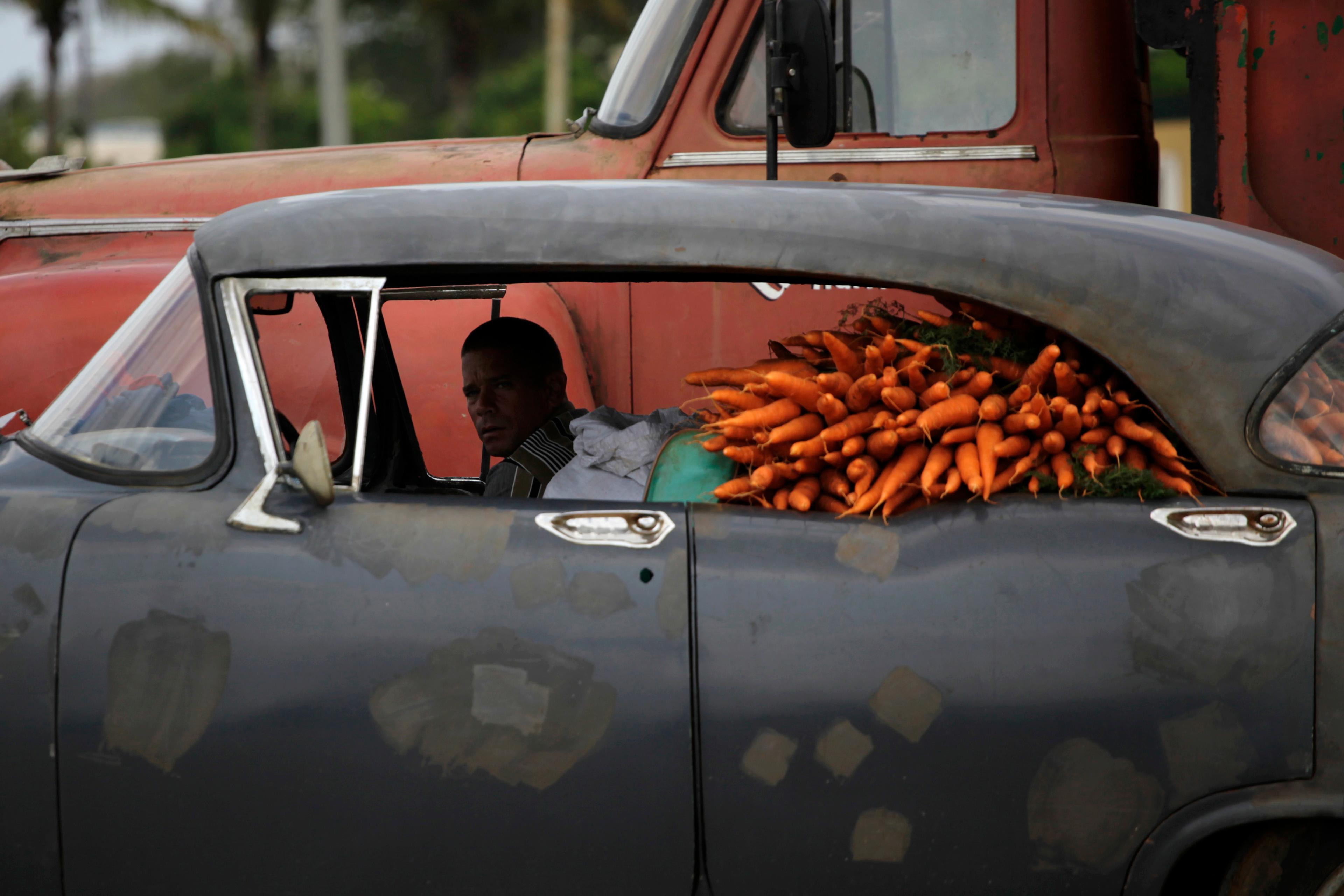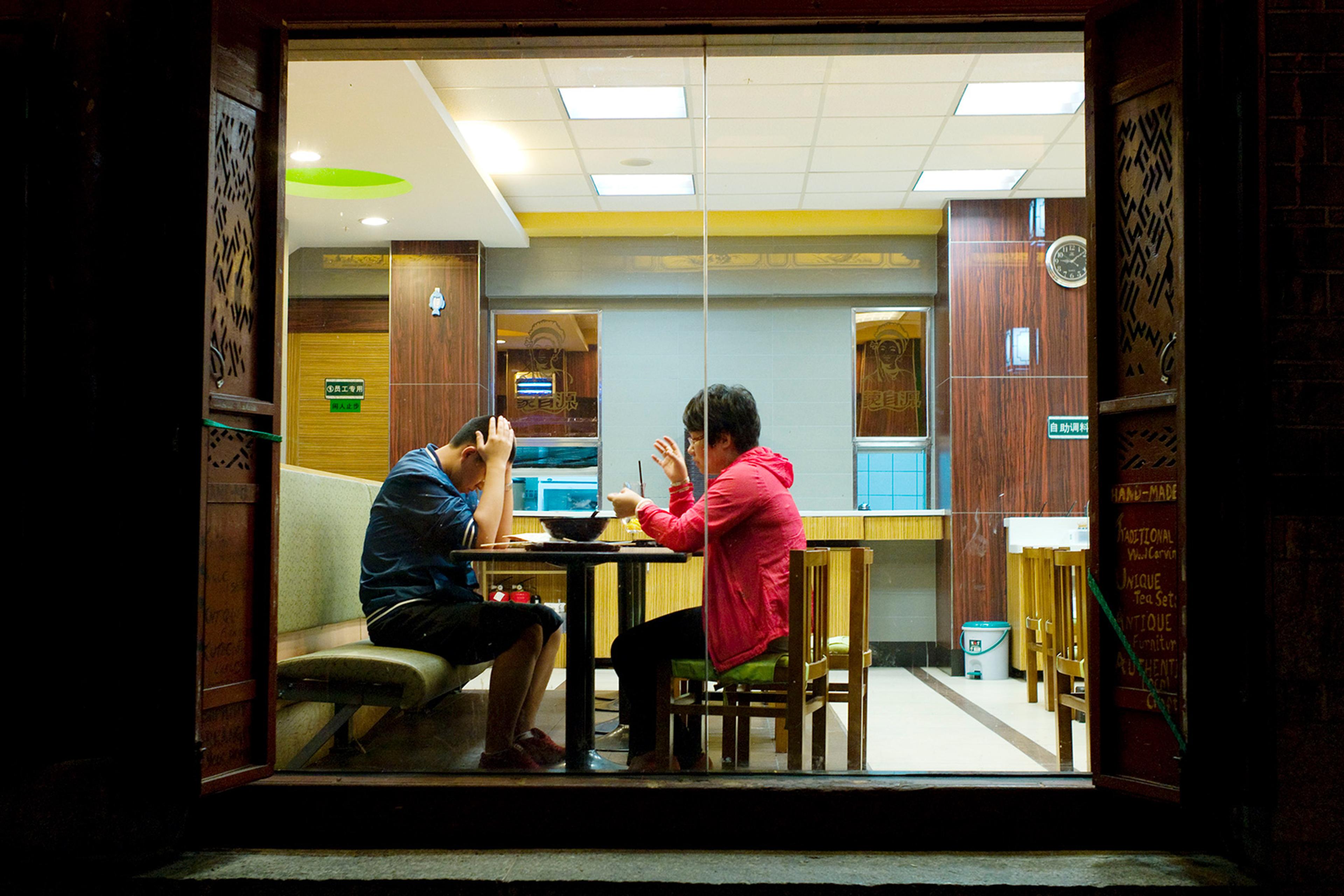Imagine you’re at the dinner table, reaching for the salt, when someone stops you. ‘Don’t pass it hand to hand,’ they say. ‘It’s bad luck.’ You pause, confused. Why would passing the salt bring misfortune? Your friend shrugs, offering no explanation. It’s just something their grandmother told them, they say, and it’s a rule they’ve always followed.
Taboos like this – unquestioned rules about what to avoid – are everywhere. Some are religious, others superstitions, and some exist as silent codes of behaviour. They shape how we eat, talk, and even think. Scholars have long sought to understand why certain behaviours or objects become taboo. Freudian psychoanalysis, for instance, suggests that taboos reflect the repression of forbidden desires, offering a psychological explanation for their emergence and persistence. Social control theory, on the other hand, views taboos as mechanisms for maintaining social order, discouraging behaviours that threaten group cohesion or stability.
These perspectives shed light on the cultural and psychological roles of taboos, but they fall short in important ways. Psychoanalytic theories often focus on individual psychological conflicts, overlooking the shared, collective nature of many taboos. Meanwhile, social control theories emphasise group stability but fail to explain how taboos originate. Neither approach fully accounts for the cognitive processes that drive people to seek explanations for misfortunes. When life feels chaotic or unpredictable, rules about what not to do provide a sense of order – transforming random events into something seemingly preventable.
Consider the example of pregnancy-related food taboos in traditional communities, which often vary widely. In some parts of Africa, pregnant women are advised to avoid eating eggs, which are believed to increase the risk of a difficult delivery. In traditional Indian medicine, certain foods are avoided or favoured during pregnancy to maintain internal balance. Now imagine this concrete case: a woman experiences a miscarriage, and her grieving family searches for answers. They remember that she ate rabbit meat – a rare choice – during her pregnancy. Could that have been the cause? Perhaps they aren’t entirely sure, but they decide it’s better to be safe than sorry. Others in the community hear about their explanation and take heed. Over time, this association crystallises into a rule: pregnant women should never eat rabbit. What starts as a hunch becomes a community-wide norm.
This process reflects a fundamental psychological tendency to attribute causes to negative outcomes, even when those attributions are incorrect. Research in cognitive psychology has demonstrated this tendency in various contexts. For example, studies have shown that people are very likely to infer causal relationships from coincidental events, especially when they encounter misfortunes or unexpected outcomes. This pattern is often observed in cases of illness and accidents, where identifying an external cause offers emotional reassurance and a sense of control. Identifying a cause – even an inaccurate one – helps mitigate the anxiety of randomness by creating the illusion that similar misfortunes can be avoided in the future.
These invented explanations, I propose, solidify into social norms that are passed down through generations. Even if the original rationale for the rule, however tenuous, gradually fades from memory, it can leave behind a prohibition that persists. In a recent paper, I argued that this explanation-seeking behaviour underlies many of the taboos in human societies, particularly in high-stakes domains such as pregnancy and childbirth, where undesirable outcomes are common. This tendency seems to be especially pronounced in societies with deterministic worldviews that embrace the belief that ‘everything happens for a reason.’
Once established, taboos are remarkably durable. During my own fieldwork among the Lahu people in southwest China, I encountered a striking example of this persistence. In one Lahu village, home-brewing alcohol is strictly forbidden. Most villagers follow the rule without question, simply stating: ‘It’s our way of doing things.’ After considerable effort, I was able to locate a local elder who recounted the likely origin of the prohibition. In the past, someone who attempted to brew alcohol at home – at a time when there was no taboo against the practice – tragically died of a severe illness shortly afterward. Since then, villagers have refrained from home-brewing and instead purchase alcohol from nearby communities. While the historical accuracy of the account cannot be confirmed with certainty, it provides a plausible explanation for the emergence of the taboo.
Superstitions suggest a deeply ingrained need to attribute misfortune to specific actions
Over time, as knowledgeable elders pass away, the original rationale for a taboo might be entirely forgotten. In such cases, the origins of a rule might be recoverable only through inference or imaginative reconstruction. Similarly, many widely recognised superstitions, such as those involving black cats, have historical roots that are scarcely remembered today. In medieval Europe, black cats were associated with witches and seen as omens of evil. Today, the belief that crossing a black cat’s path brings bad luck persists as a cultural remnant, entirely disconnected from its original association with witch trials.
This pattern extends beyond food taboos or traditional societies. In the modern Western world, many people avoid opening an umbrella indoors or spilling salt, fearing bad luck. While such superstitions may seem harmless, they suggest the same underlying impulse: a deeply ingrained need to attribute misfortune to specific actions, even when no rational connection exists.
If someone breaks a taboo and misfortune follows, a community is likely to interpret this as confirmation of the rule’s validity. For instance, if a pregnant woman defies a no-rabbit-meat rule and her child happens to be born prematurely, the association between eating rabbit and adverse pregnancy outcomes will grow stronger in the collective mind. Moreover, once a taboo becomes embedded in a community, violations often invite social scrutiny and even blame. Anthropological studies document numerous examples of punishment for breaking seemingly arbitrary taboos, ranging from consuming prohibited foods to marrying outside prescribed social classes. This process not only reinforces belief in the taboo but also discourages future transgressions through social pressure. In the example of the pregnant woman, if her premature delivery is publicly linked to her eating rabbit meat, others may fear both the misfortune and the social judgment that follow such a choice. This dual reinforcement – internal fear of consequences and external social sanctions – helps maintain the taboo.
Cognitive inertia, the tendency to stick to established beliefs or practices even in the face of new information, also plays a crucial role in amplifying the durability of taboos. Children often grow up internalising these rules through observation and instruction, without questioning their origins or validity. Since, in many cases, the reasons for a taboo are not passed down alongside the rule itself, what remains is a vague notion that misfortune might occur if the taboo is violated. This ambiguity makes it cognitively difficult to falsify the taboo, as the potential consequences are both ill-defined and unverifiable.
A modern example of the stickiness of taboos can be found in the fear of using mobile phones at gas stations. Many people believe that a ringing phone or even a text message can ignite fuel vapours, leading to a catastrophic explosion. While this rule seems grounded in safety concerns, it is actually based on a misunderstanding. Scientific investigations have repeatedly shown that mobile phones do not produce sparks capable of igniting fuel. Despite this, signs warning against phone use at gas stations persist, reinforced by social habits and the ‘better safe than sorry’ mentality.
This example illustrates how easily false causal attributions can embed themselves into public consciousness, creating taboos that persist in the face of contrary evidence. The visual reinforcement of warning signs, combined with the inherent anxiety about fire hazards at gas stations, makes the rule difficult to question.
The consequences of this taboo are profound: declining vaccination rates have led to the resurgence of diseases such as measles
The same mechanism can give rise to taboos with far-reaching consequences. An example is the fear of vaccinating children, which has persisted in certain communities despite overwhelming evidence disproving its primary premise: that vaccines cause autism. This taboo originated from a now-debunked study published in 1998 that falsely linked the MMR (measles, mumps, rubella) vaccine to autism. The paper was retracted, yet the association had already gained traction. Stories of developmental delays following vaccination began to circulate, fuelling fears and strengthening the perception of a link.
For many parents, the emotional stakes were high. Faced with a choice between protecting their child from infectious diseases or risking developmental harm, some chose to forgo vaccination altogether. These individual decisions, amplified by anecdotal evidence and misinformation, coalesced into a taboo against vaccines in certain communities. The consequences of this taboo are profound: declining vaccination rates have led to the resurgence of diseases such as measles, posing significant risks to public health.
In considering the origins of taboos, we might all benefit from re-examining our own unquestioned rules. This is not a call to abandon caution, but an invitation to think critically about why we follow the rules we do. Some taboos may still serve a valuable purpose, offering pragmatic benefits or fostering social cohesion. For example, dietary restrictions in certain cultures can promote health by preventing the consumption of potentially unsafe foods, while prohibitions against certain behaviours in sacred spaces help maintain a sense of respect and order. Others, however, might deserve reconsideration if they no longer align with current, evidence-based views of the world. For instance, while safety practices at gas stations are essential, it’s worth distinguishing between scientifically validated precautions, like avoiding open flames, and unfounded prohibitions such as mobile phone restrictions.
To recognise such rules as modern taboos rooted in social convention is the first step toward meaningful change. Replacing outdated warnings with evidence-based guidance can help to genuinely improve safety – without perpetuating unnecessary fear.
Taboos are more than just quirky traditions; they reveal how deeply people are influenced by the need to make sense of misfortune. These rules can start as attempts to explain the inexplicable, offering comfort in chaotic times, but lingering on as unfounded, unquestioned habits. If we give more thought to why taboos arise and persist, we will be better placed to challenge those that no longer serve a purpose or that were never sensible to begin with. So, the next time you hesitate to pass the salt, pause and ask yourself: where did this rule come from? And does it still make sense today?








